“Travel broadens the mind and loosens the bowels” Sherwood Gorbach.
Diarrhoea is the most common illness associated with travel with up to 50 percent of all international travellers suffering from travellers’ diarrhoea.
Travellers’ diarrhoea is defined as “the passage of three or more unformed stools in 24 hours occurring during or shortly after travel, or any number of loose stools when associated with fever, abdominal pain or vomiting”.
The majority of cases are mild, lasting only a few days, but may cause disruption to travel plans. Approximately 50–80% of TD is caused by bacterial infections with enterotoxigenic Escherichia coli (ETEC) being the most common cause.

PREVENTATIVE MEASURES
Prevention is always better than cure. Although it is responsibility of a health care
professional to promote preventative measures in order to reduce the risk of travellers’ diarrohea, the incidence has not decreased significantly.
Travellers’ diarrhoea is usually acquired by ingestion of contaminated food and water. In order to reduce the risk of travellers’ diarrhoea follow the World Health Organisation Recommendations as shown below.
WHO Recommendations: Prevention of Travellers’ Diarrhoea
Travellers should
- Avoid consumption of potentially contaminated food or drink
- Avoid contact with potentially contaminated recreational waters
- Know how to treat diarrhoea. If unsure, speak to your Dr/ Nurse
- Carry oral rehydration salts and water-disinfecting agents
Precautions for avoiding unsafe food and water
- Avoid cooked food that has been kept at room temperature for several hours
- Eat only food that has been cooked thoroughly and is still hot
- Avoid uncooked food, apart from fruit and vegetables that can be peeled or shelled, and avoid fruits with damaged skins
- Avoid dished containing raw or uncooked eggs
- Avoid ice cream from unreliable sources, including street vendors
- In countries where biotoxins may be present in fish and shell fish, obtain advice locally
- Boil unpasteurised (raw) milk before consumption
- Boil drinking water if its safety is doubtful
- Avoid ice unless it has been made from safe water
- Avoid brushing the teeth with unsafe water
- Bottled or packaged cold drinks are usually safe provided that they are sealed; hot beverages are usually safe

TRAVELLERS’ DIARRHOEA KIT
As discussed previously, travellers’ diarrhoea is common even though people comply with the preventative measures. Therefore, a travellers’ diarrhoea kit is an essential item to pack prior to travel.
Items it should contain are rehydration sachets, anti –motility agents (for example loperamide), toilet paper, pre-packed wipes and water purification tablets (if bottle water is unavailable). Preventative antibiotics are not normally recommended except in certain circumstances due to the side effects of the medication, increased resistance and giving a false sense of security. The exceptions are:
- situations where travellers’ diarrhoea would severely disrupt travel plans such as VIP’s visits and short stays,
- a history of severe repeated episodes of travellers’ diarrhoea and
- underlying medical conditions such as diabetes and the immunocompromised.
For children the main therapy is oral rehydration solution, particularly for children <6 years of age. Antimotility medications are contraindicated for children because of the increased risk of adverse effects.

While most episodes of travellers’ diarrhoea are able to be self-treated, if there is a risk of dehydration due to intolerance of oral fluids as well as blood in the stool or continue fever, medical assistance should be sought.
Consult with your Travel Health Practitioner before travel.

Written by Catherine Keil (Nurse Practitioner Travel Health and Immunisations, Travel Health Practitioner Pty Ltd), Thursday 30th May 2019












